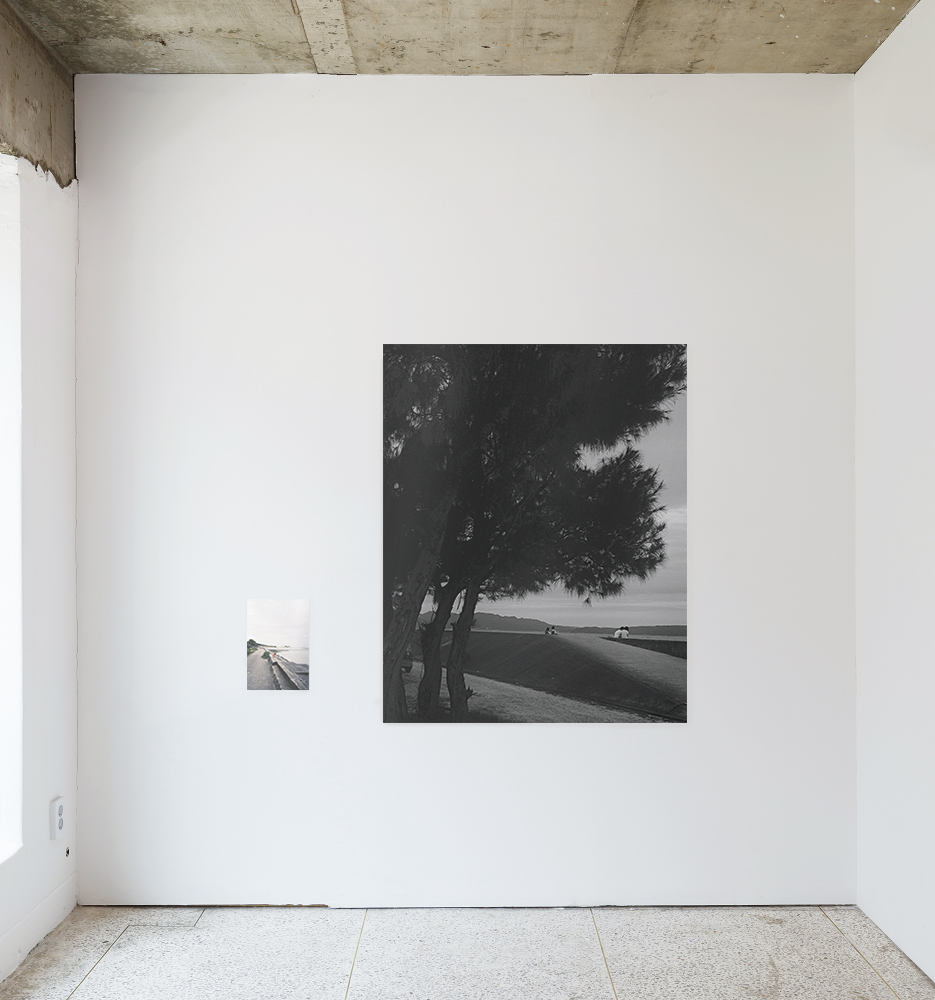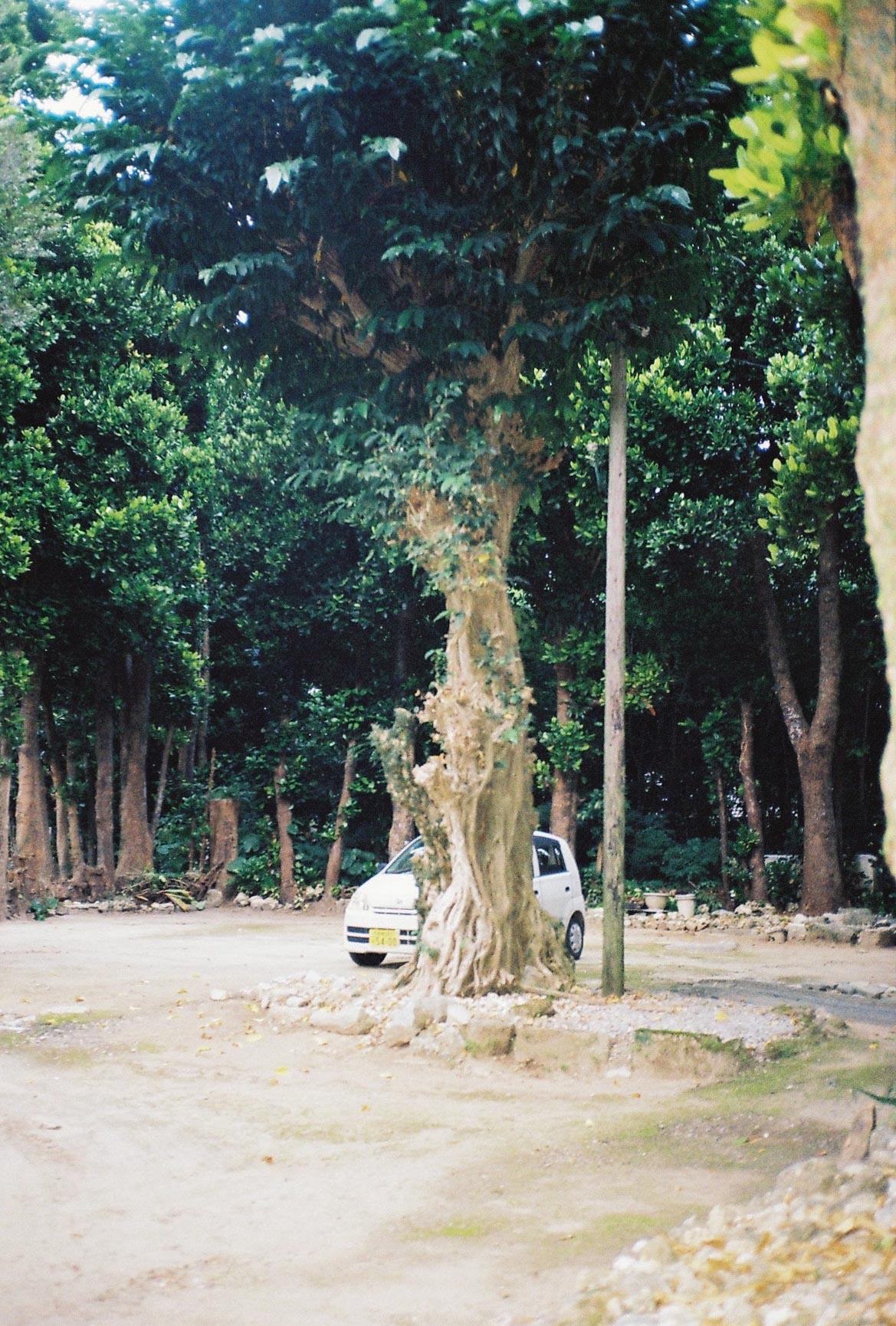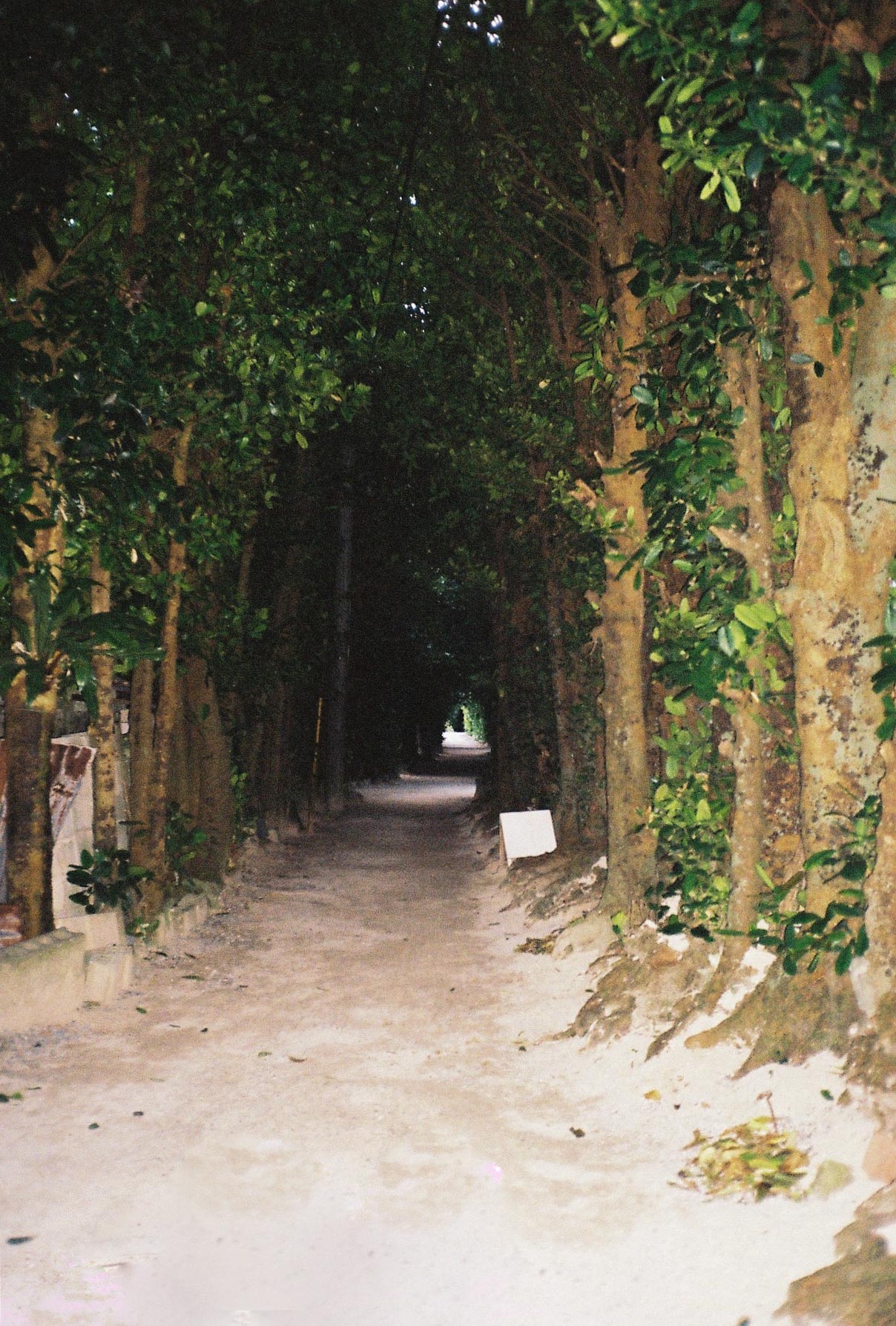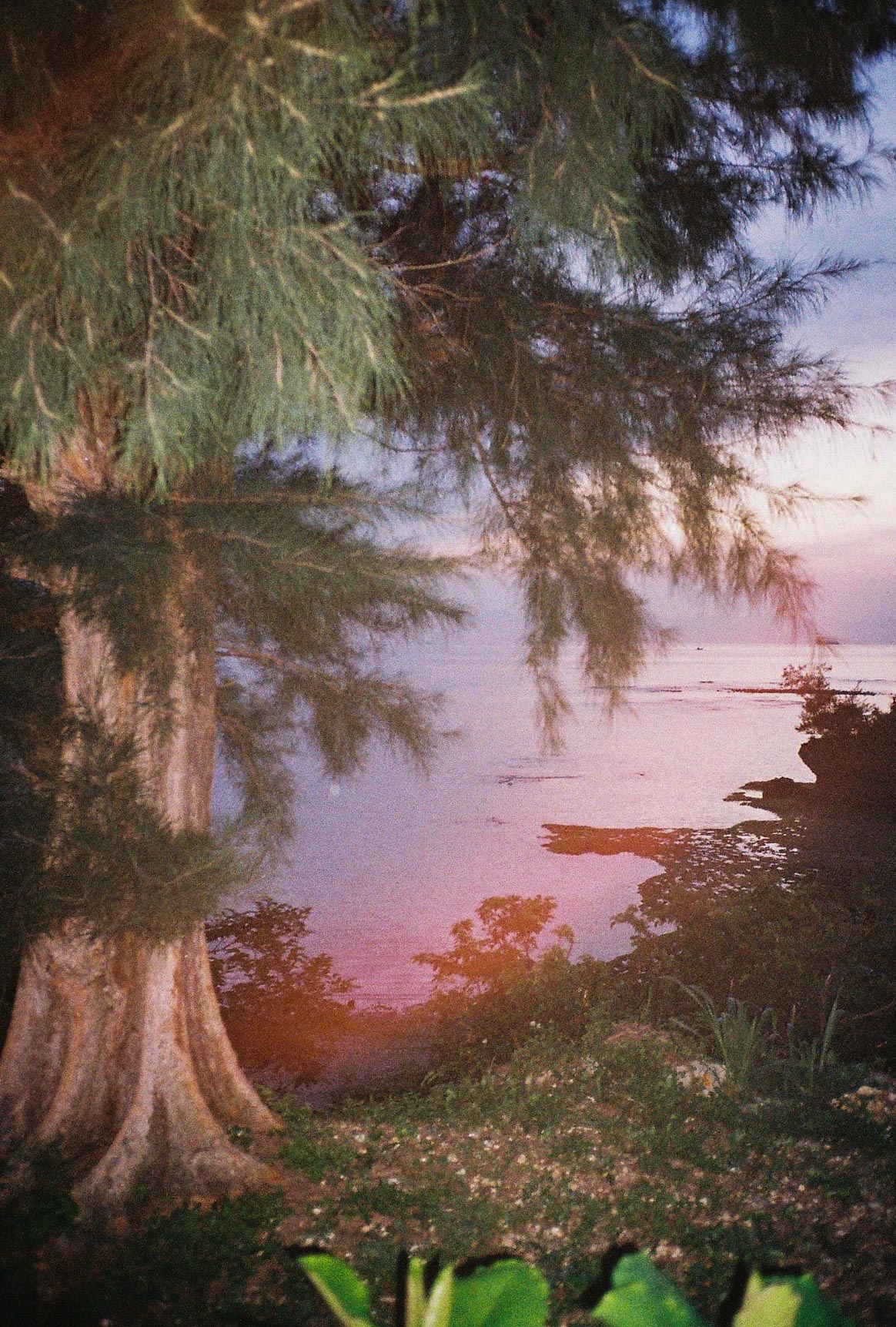‘SILENT PARTNERS’
2018

‘Silent Partners’; site-specific installation; unframed photograph; dimension variable

Close-up of ‘Silent Partners’, digital photography; dimension variable

Close-up of ‘Silent Partners’, analogue photography; dimension variable

Close-up of ‘Silent Partners’, analogue photography; dimension variable

Close-up of ‘Silent Partners’, analogue photography; dimension variable

Close-up of ‘Silent Partners’, analogue photography; dimension variable

Close-up of ‘Silent Partners’, analogue photography; dimension variable

Close-up of ‘Silent Partners’, analogue photography; dimension variable

Close-up of ‘Silent Partners’, analogue photography; dimension variable

Close-up of ‘Silent Partners’, analogue photography; dimension variable
(Photo documentation by Jacky Jaan-Yuan Kuo)
Sunlight passed through the dense dry air, and shone on the castle landscape of Okinawa as well as the faces of local inhabitants. Noiselessly, I felt immediately immersed in its peacefl yet impenetrable atmosphere and sense of time. In the summer of 2017, my friends and I went to Okinawa for our summer trip. Instead of browsing the various resorts and attractions on the web, I was somehow paying close attention to the history of Okinawa, the relationships among inhabitants of Okinawa, the Japanese government, and the continuous expansion of the United States Forces Japan; and how Okinawa as an island had once undergone colonisation in a similar fashion to Taiwan1.
In those moments, after being embedded with the local history, I faced a quiet, strange and alienated atmosphere and attempted to reproduce my secretive gaze through capturing the present domestic and natural environment of Okinawa. My feelings emerged from bodily sensations, the fact of being as a complete intruder to this society, and the continual exploration of my personal Taiwanese heritage, with the nebulous status of national identity.
Hereafter, I printed some of the photographs in varied scales, and exhibited them in an abandoned room located near their shooting spot. I had kept on cleaning the space carefully, washing the walls, and removing the debris; but I left directly after documenting the room. There was a silent period without audiences or formal information about the display. What remained were simply the images, texts, and traces of personal invisible labour that I
had utilised. I intended to intertwine the voiceless sensations and fragmental post-colonial consciousness − through the soon to be faded or lasting photographs, the absence of viewers, and the anonymous but slightly renewed abandoned space − to question the ambiguity of national identities and group consciousness in our contemporary society.
Now, as I look back on the (post)colonialism that has happened in Okinawa and Taiwan, I plainly see that historical transformation and its impacts are always closely linked, inseparable and ongoing. Meanwhile, traces of history always exist in our lives, and keep on influencing the present.
1 Okinawa (Japan) and Taiwan (Taiwan), two islands which are both located in the geographical pivot of East Asia, witnessed similar political resistance in the past. For a long time, residents of both islands have lived in the shadow of history and group consciousness. Today, the two islands are still being inevitably involved in games of political strategy and issues of nationaidentity between Japan, China and the United States.